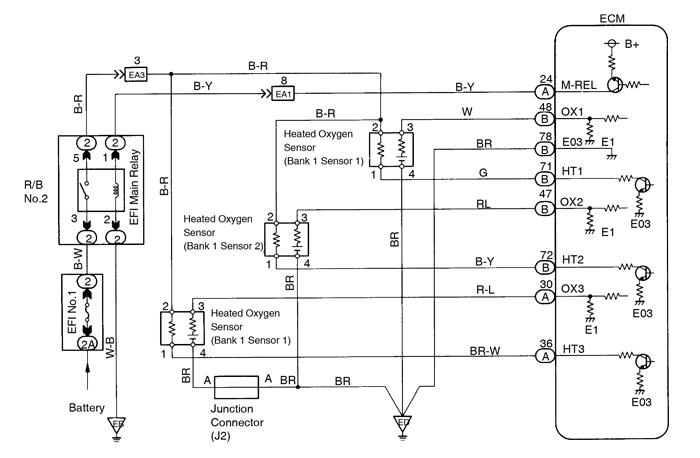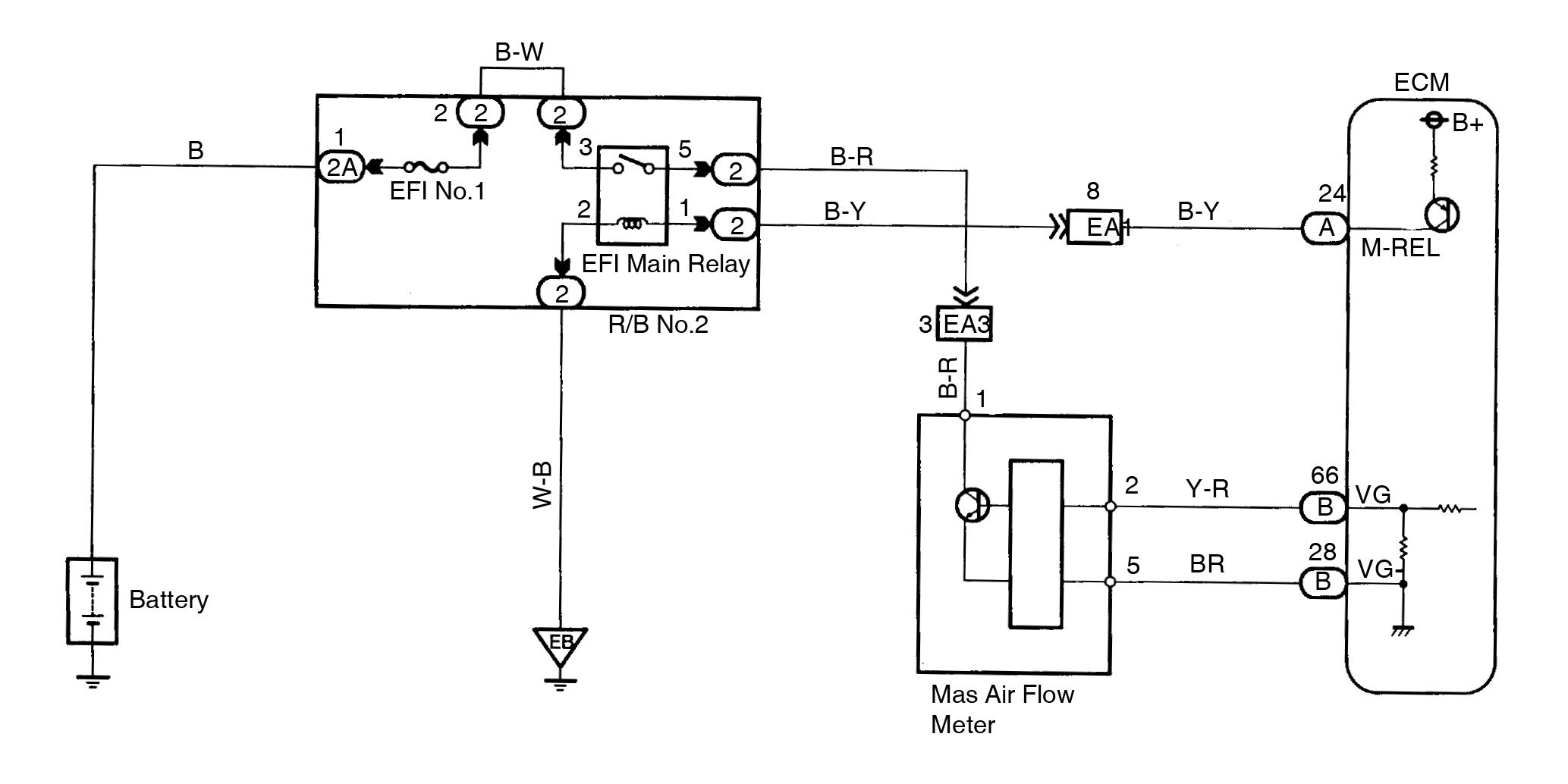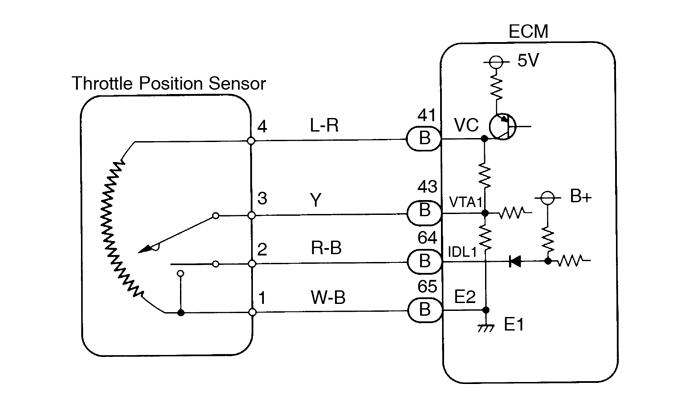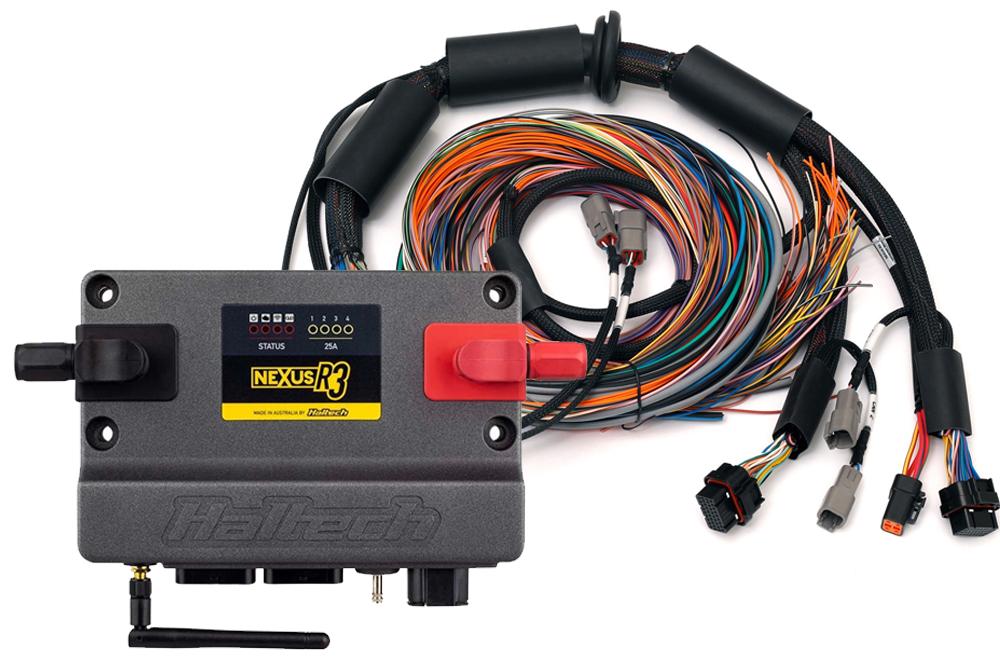Wiring diagrams are essential tools for diagnosing and repairing engine control circuits in the 2JZ engine. These diagrams provide a detailed map of the electrical pathways, helping mechanics and enthusiasts understand the complex network of wires and components that control various engine functions. For 2JZ engine enthusiasts, mastering the use of wiring diagrams is crucial for maintaining and troubleshooting their engines.
In this comprehensive guide, we will explore the importance of wiring diagrams, delve into common wiring issues, and provide a detailed step-by-step approach to using wiring diagrams for diagnostics and repairs. By understanding and utilizing these diagrams, you can ensure your 2JZ engine remains in top condition.
Understanding Engine Control Circuits
Engine control circuits in the 2JZ engine are responsible for managing various functions such as fuel injection, ignition timing, and emission controls. These circuits rely on a complex network of wires and components to communicate and execute commands from the Engine Control Module (ECM).
Key Components of Engine Control Circuits in the 2JZ Engine:
- Sensors: Measure various engine parameters and send data to the ECM.
- Actuators: Execute commands from the ECM to control engine functions.
- Wiring Harness: Connects sensors and actuators to the ECM.
- Engine Control Module (ECM): Processes data from sensors and sends commands to actuators.
Importance of Wiring Diagrams in Troubleshooting and Repairs:
- Provide a visual representation of the electrical pathways in the engine.
- Help identify and locate components, connectors, and wiring.
- Aid in diagnosing electrical problems by tracing circuits.
- Ensure accurate and efficient repairs by following the correct wiring routes.
Understanding the components and functions of engine control circuits is crucial for accurate diagnostics and effective maintenance.



Common Wiring Issues in Engine Control Circuits
Wiring issues in engine control circuits can lead to various engine performance problems. Recognizing the symptoms and understanding their causes can help in diagnosing and resolving these problems effectively.
Symptoms of Wiring Problems in Engine Control Circuits:
- Check Engine Light: Illuminates due to diagnostic trouble codes (DTCs) related to wiring issues.
- Intermittent Engine Performance: Inconsistent power delivery or engine stalling.
- Electrical Failures: Non-functional sensors or actuators.
- Poor Engine Performance: Lack of power, rough idling, or misfires.
- Increased Fuel Consumption: Noticeable drop in fuel efficiency.
Common Causes of Wiring Failures:
- Physical Damage: Wires can be damaged by heat, abrasion, or impact.
- Corrosion: Moisture can cause corrosion at connectors and terminals.
- Poor Connections: Loose or poorly connected wires can cause intermittent issues.
- Electrical Shorts: Short circuits due to damaged insulation or incorrect wiring.
Impact on Engine Performance:
- Reduced Power: Incorrect data processing can lead to improper fuel and ignition settings.
- Engine Stalling: Irregular wiring connections can cause the engine to stall unexpectedly.
- Increased Emissions: Improper engine control results in higher emissions, failing emission tests.
By understanding these common wiring issues and their impacts, you can effectively diagnose and address engine control circuit problems.

Using Wiring Diagrams for Diagnostics and Repair
Accurate diagnostics and repair of engine control circuits involve a systematic approach, using wiring diagrams to identify and resolve issues. Here is a step-by-step guide to using wiring diagrams for diagnosing and repairing engine control circuit problems in the 2JZ engine.
Tools Required:
- Multimeter: Tests electrical components and wiring.
- Wire Tracer: Locates and traces wires in the harness.
- Service Manual: Provides specific wiring diagrams and troubleshooting steps.
Step-by-Step Guide:
- Preparation:
- Ensure the engine is off and the key is removed from the ignition.
- Gather all necessary tools, including the multimeter and wire tracer.
- Reading and Interpreting Wiring Diagrams:
- Locate the wiring diagram for the specific circuit you are troubleshooting in the service manual.
- Understand the symbols and color codes used in the diagram.
- Identify the components, connectors, and wiring paths related to the circuit.
- Visual Inspection:
- Inspect the wiring harness and connectors for any signs of damage, corrosion, or wear.
- Ensure all connectors are securely attached and free from debris.
- Testing the Wiring with a Multimeter:
- Set the multimeter to measure continuity or resistance (Ω).
- Connect the multimeter probes to the appropriate terminals as specified in the wiring diagram.
- Test for continuity and resistance in the wiring harness to identify any breaks or shorts.
- Tracing Wires with a Wire Tracer:
- Use the wire tracer to locate and trace the wiring paths in the harness.
- Ensure the wiring matches the paths shown in the wiring diagram.
- Identify any discrepancies or damaged sections of wiring.
- Repairing or Replacing Wiring:
- Repair any damaged sections of wiring using appropriate connectors and insulation.
- Replace any faulty connectors or terminals.
- Ensure all repairs are secure and match the specifications in the wiring diagram.
Interpreting Diagnostic Results:
- Normal Readings: Indicate the wiring and connections are functioning correctly.
- Abnormal Readings: Suggest an issue that needs to be addressed, such as a broken wire, short circuit, or poor connection.
By following these diagnostic and repair procedures, you can accurately identify and resolve wiring issues in engine control circuits, ensuring your 2JZ engine performs optimally.
Conclusion
In summary, using wiring diagrams is essential for diagnosing and repairing engine control circuit issues in the 2JZ engine. By understanding the components, common issues, and diagnostic procedures, you can effectively address any problems and ensure your engine runs smoothly.
If you suspect any wiring issues in your engine control circuits, use wiring diagrams and the steps outlined in this guide for accurate diagnostics and repairs. Regular maintenance and timely repairs will help maintain the performance and longevity of your 2JZ engine.
Frequently Asked Questions (FAQ)
What are wiring diagrams and why are they important?
Wiring diagrams provide a visual representation of the electrical pathways in the engine, helping to diagnose and repair wiring issues accurately.
How can I use wiring diagrams to diagnose engine control circuit problems?
Use wiring diagrams to identify and trace wiring paths, test for continuity and resistance, and locate and repair any damaged wiring.
What tools do I need for diagnosing wiring issues?
You will need a multimeter, wire tracer, and the service manual.
Can I repair engine control circuit wiring myself?
Yes, with the proper tools and knowledge, you can repair engine control circuit wiring yourself. Follow the steps provided in this guide and refer to the service manual.
How often should I check my engine control circuit wiring?
Regular diagnostics should be performed during routine maintenance, such as every oil change or every 10,000 miles, to catch issues early and maintain engine health.